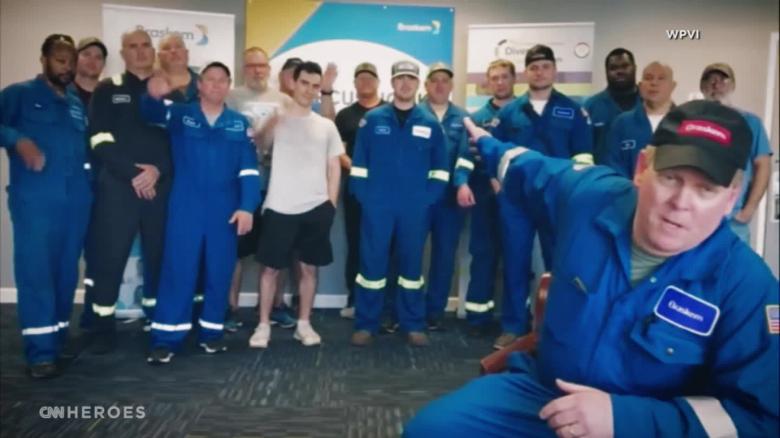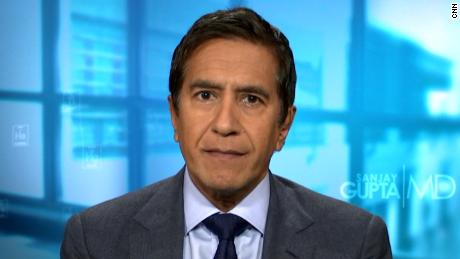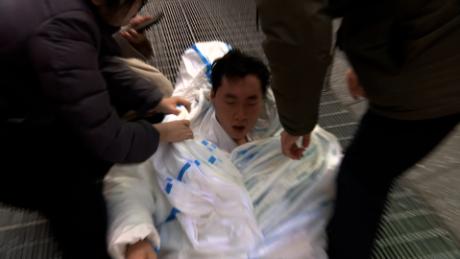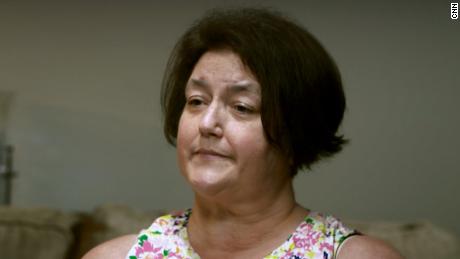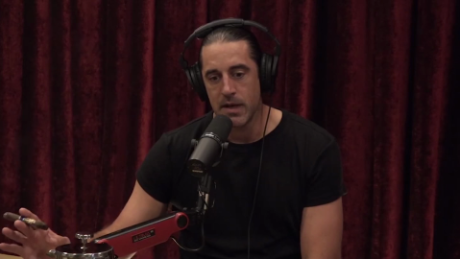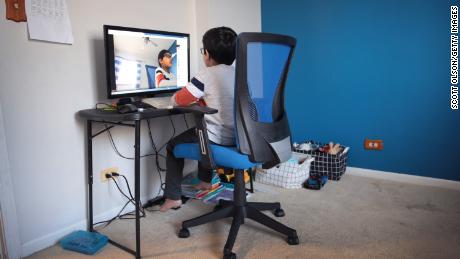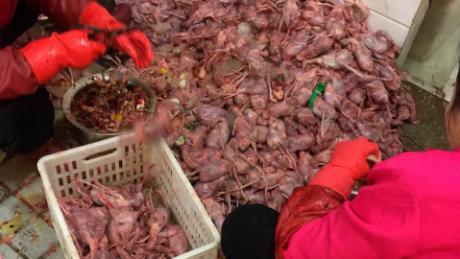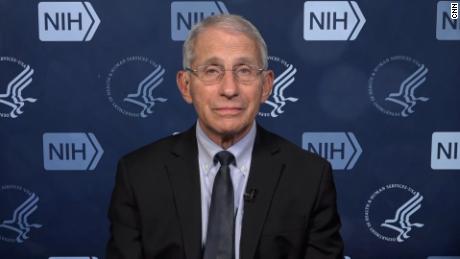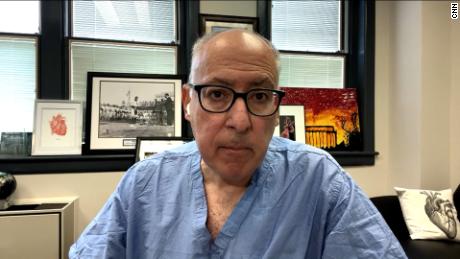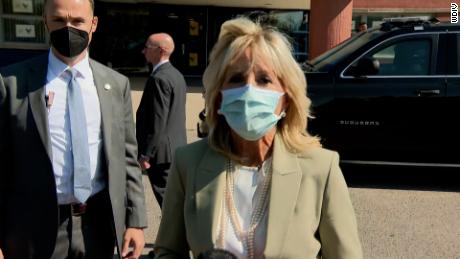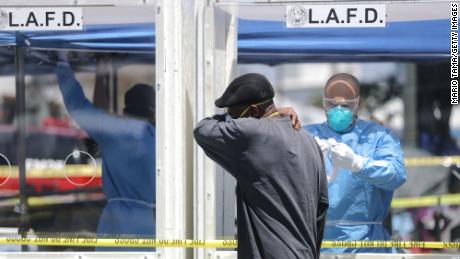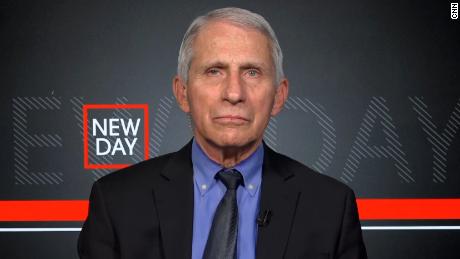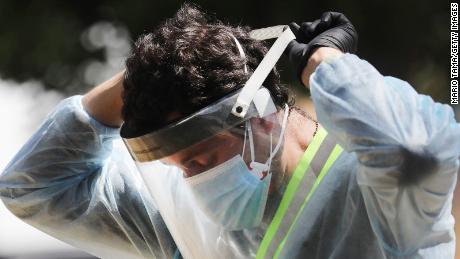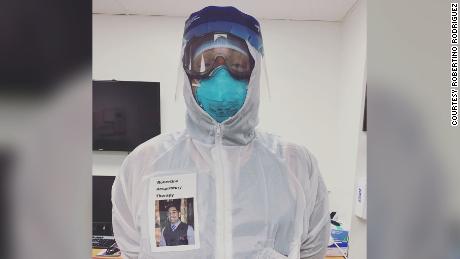(CNN)As the country grapples with surging coronavirus cases, some hospitals, clinics and nursing facilities are still struggling to maintain adequate supplies of personal protective equipment.
After international supply chains were severely disrupted early in the pandemic, states were left battling each other for limited shares of PPE. Hospitals and other facilities, especially in the Northeast, faced dwindling supplies and obstacles to obtaining more.
Months into the pandemic, concerns still linger in some facilities.
"While hospitals and health systems are better positioned with on-hand inventory levels, serious concerns continue regarding the availability of PPE and other supplies as COVID cases continue to increase across the country and we enter the flu season," Mike Schiller, the director of supply chain at the Association for Health Care Resource & Materials Management at the American Hospital Association, told CNN in an email.
During the White House Coronavirus Task Force briefing on Thursday -- the first such briefing since July -- Brig. Gen. David Sanford said the Strategic National Stockpile is growing, and has a four-month surge capability of N95 masks.
"Since the late summer, we have grown our personal protective equipment capabilities 10 to 15 times over what they were pre-Covid, and continue to grow capability to meet the surge requirements that we may expect from the current caseload," Sanford said.
"We stand in a much better position than we were just a month ago, and certainly more than four or five months ago, to meet the surging PPE demands of our nation."
However, health care workers around the country said hospitals and other facilities are still using PPE much differently than before the pandemic. Doctors describe storing N95 respirators in paper bags between uses, and making supply conservation a part of the routine.
"My colleagues across the country are reusing N95s for as long as they can. Many hospitals are still using hand sanitizer that they make in house instead of buying it from purchasers, etc," said Dr. Megan Ranney, an emergency physician at Brown University, who helped found the the nonprofit Get Us PPE.
The group also created a database to track requests for PPE donations, and a "shortage index" to identify where levels of PPE are becoming dangerously low. It reported in October that it received 16,900 requests for donated items from facilities in 40 states and Washington, DC.
Ranney expects more requests are coming.
Who's doing better
Personal protective equipment includes basic medical-grade necessities, such as face masks, N95 respirator masks, face shields, surgical gowns, gloves and disinfectants, such as hand sanitizers -- necessities that health care workers use to safely care for Covid-19 patients.
Some types of facilities have fared better than others, according to Dr. Sunny Jha, an assistant professor of anesthesiology at the University of Southern California and co-founder of the Los Angeles Surge Hospital.
Large integrated health systems and academic medical centers are better supplied than smaller health systems, "mom and pop" clinics and doctor's offices throughout the country, Jha said. Conditions also have not improved much for rural and smaller independent facilities in the ensuing months.
California hospitals fared better in the beginning of the pandemic and were able to stockpile PPE early on as they watched what was unfolding in the Northeast, Jha said.
"We were fortunate in that regard, but I think the folks that really got it the worst were the smaller community hospitals -- hospitals that are not necessarily part of a larger integrated health system that had to compete with larger health systems, and their orders (for PPE) -- the ones that didn't necessarily have connections to the large suppliers," Jha said.
Ranney agreed, but said even big health systems are struggling.
"While most larger hospitals have managed to buy at least the bare minimum of PPE to outfit their employees, they don't certainly have large supplies they're sitting on," said Ranney, who is also a CNN medical analyst.
Dr. Judith Guzman-Cottrill, a member of a US Centers for Disease Control and Prevention advisory committee on infection control, said in a recent meeting the agency acknowledged that "supply chains continue to change quickly for hospitals."
"Some weeks the supply is good, then the next week it can be unreliable," said Guzman-Cottrill, a pediatrician with the Division of Infectious Diseases at Oregon Health & Science University.
PPE items most in need
The US Department of Health and Human Services has worked to expand the supply of PPE in the United States since last spring, Schiller of AHA said, but "demand continues to outpace production."
Supply issues with nitrile gloves, isolation gowns, N95s and testing supplies "continue to present a challenge to hospital leaders, he said.
Maintaining adequate supplies of N95 masks has been difficult for most health care facilities in the US throughout the pandemic. During the initial wave of Covid-19 cases in March and April, N95 respirator masks -- which can filter out at least 95% of all types of airborne particles, including bacteria and viruses, according to the CDC -- were in high demand and short supply.
In Oregon, Guzman-Cottrill said there's a need for all PPE items, but especially masks.
"Many hospitals, including mine, are still following 'extended use' and 're-use' of N95 respirators and facemasks," she said.
The Wisconsin Department of Health told CNN that health facilities in the state, which has seen a jump in coronavirus cases in recent weeks, are seeing a shortage of gloves.
"Currently, exam gloves are in short supply," spokeswoman Elizabeth Goodsitt told CNN.
"However, we have exam gloves ... in our state cache to help facilities that have delays in their supply chain."
Nursing homes and long-term care facilities
Limits on PPE can affect all types of health facilities, not just hospitals. Nursing homes and long-term care facilities are facing critical PPE shortages.
Back in May, the American Health Care Association National Center for Assisted Living (AHCA-NCAL), which represents some 15,000 facilities across the US, sent a letter to HHS asking for assistance.
Get CNN Health's weekly newsletter
Sign up here to get The Results Are In with Dr. Sanjay Gupta every Tuesday from the CNN Health team.
"The lack of PPE has also put caregivers at a serious disadvantage in protecting themselves as they care for the vulnerable population who reside in our facilities. More than 70 percent of our long term care providers have been unable to find sufficient PPE supplies, like masks, gowns and face shields, and are facing shortages," the AHCA-NCAL wrote.
Look forward six months, and the situation with PPE is still precarious, the nonprofit said.
"While the availability of PPE has improved, we're still hearing from providers about struggling to acquire supplies," the group told CNN in an email. "There are supplies out there, but it's just not getting to our sector."
The AHCA-NCAL said it's seeing a greater demand for supplies of PPE across all health care settings and sectors now as hospitals fill up again and coronavirus infection rates climb to record numbers almost daily.
"This not only makes it difficult for long term care providers to obtain PPE, but also their ability to afford it -- the cost has skyrocketed," the nonprofit added.
"We need manufacturers to make more PPE that can be used by long term care, as well as suppliers and state agencies to prioritize our facilities for these supplies."
